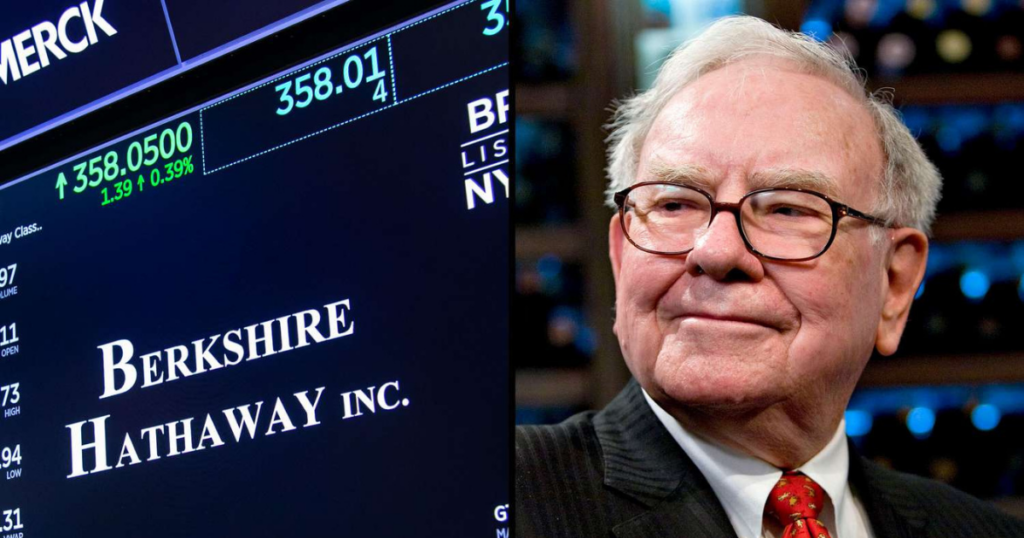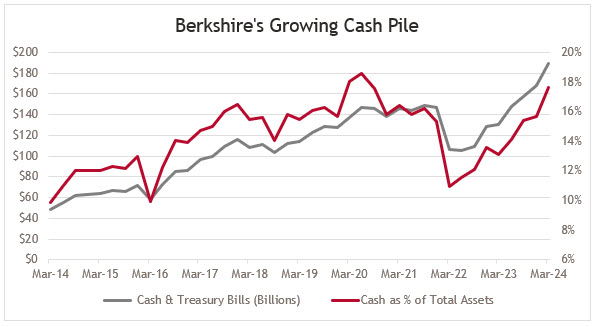Market Commentary Q4 2024
Inflated Expectations

As we cross the halfway mark of the decade, we find it worthwhile to consider how far the pendulum has swung in terms of the economy and sentiment in such a relatively short span of time.
The S&P 500 produced an annualized total return of 14.5% for the five years ending 12/31/24, a period that included two separate market declines of more than 25%, one triggered by a global pandemic and unprecedented economic standstill, the other by the inflation surge that followed. In a period not devoid of reasons to be cautious, the S&P 500 was able to post total returns greater than 25% in three of those five years.
It is a reminder to us that investors seldom “earn” their equity returns by experiencing a bunch of average years in the stock market. They typically do so by living through the volatility of many above-average years and some below-average years, with plenty of reasons to be skeptical along the way.
Just two years ago, the consensus heading into 2023 was for an imminent recession that never materialized. Instead, economic growth consistently surprised to the upside, and the S&P 500 posted its best back-to-back years since the late 1990s. We are reminded of the old joke that macroeconomists have successfully predicted nine out of the past five recessions.
The U.S. economy remains the beacon of strength globally, supported by a resilient consumer and, in our opinion, structural advantages for capital formation. This has led to capital inflows and persistent strength in the U.S. dollar, despite what we see as an unsustainable level of deficit spending from the U.S. government, typically reserved for an economic crisis.
Moving forward, we believe that growth will be dependent on improvements in economic and corporate productivity, at least partly supported by success in technological innovations such as artificial intelligence (AI). As of now, those benefits have primarily flowed to companies benefiting from the buildout of AI infrastructure, with the return on these investments still in question. Corporate earnings estimates for 2025 and 2026 are well above historical averages, and to us, somewhat contingent on these investments paying off, through AI or otherwise.
Stock market leadership has remained historically narrow with U.S. large cap technology companies taking an increased share of both earnings and index weightings this past year. While we would expect participation to broaden out, the rest of the market has recently disappointed relative to earnings expectations, and relative to the financial performance of the market’s leaders. As a result, the average stock trades at a considerable discount compared to the market as a whole, and we continue to find better value in deploying capital down the market cap spectrum, while keeping a bias towards quality.
The bond market has started to discount the possibility of interest rates staying higher for longer. Despite the Federal Reserve cutting the Federal Funds rate a full percent from September through December, the 10-year Treasury yield actually increased nearly a full percent from the September cut through the end of the year. Expectations for future rate cuts have come down, while the long-term “neutral” rate from the Fed has ticked higher.
We anticipate trade, deficit spending and other policy risks, as well as the general momentum of the economy will likely drive the direction of interest rates next year. As it stands today, Treasury yields trade near our estimate of fair value, with resurgent inflation as a primary risk for bondholders.
Overall, risk premiums have narrowed across the investment landscape. Corporate credit spreads hover near 25-year lows and the S&P 500 trades for 22x forward earnings estimates, well above its long-term average.
In our opinion, the increase in both absolute and relative U.S. large cap equity valuations can be at least partly explained by the improving profitability and constituent makeup of the S&P 500 index. Even so, the implied hurdle rate is much higher, broadly speaking, with valuations where they are today. As a result, our own base return expectations are now meaningfully lower for the back half of this decade. While our overall expectations are somewhat muted, we also believe that strong businesses tend to surprise to the upside over time. We remain focused on owning businesses with sustainable competitive advantages, long reinvestment runways with above-market growth, and reasonable valuations.
As always, thank you for your confidence and should you have any questions, don’t hesitate to reach out.
Sincerely,
Jack Holmes, Chief Investment Officer


























